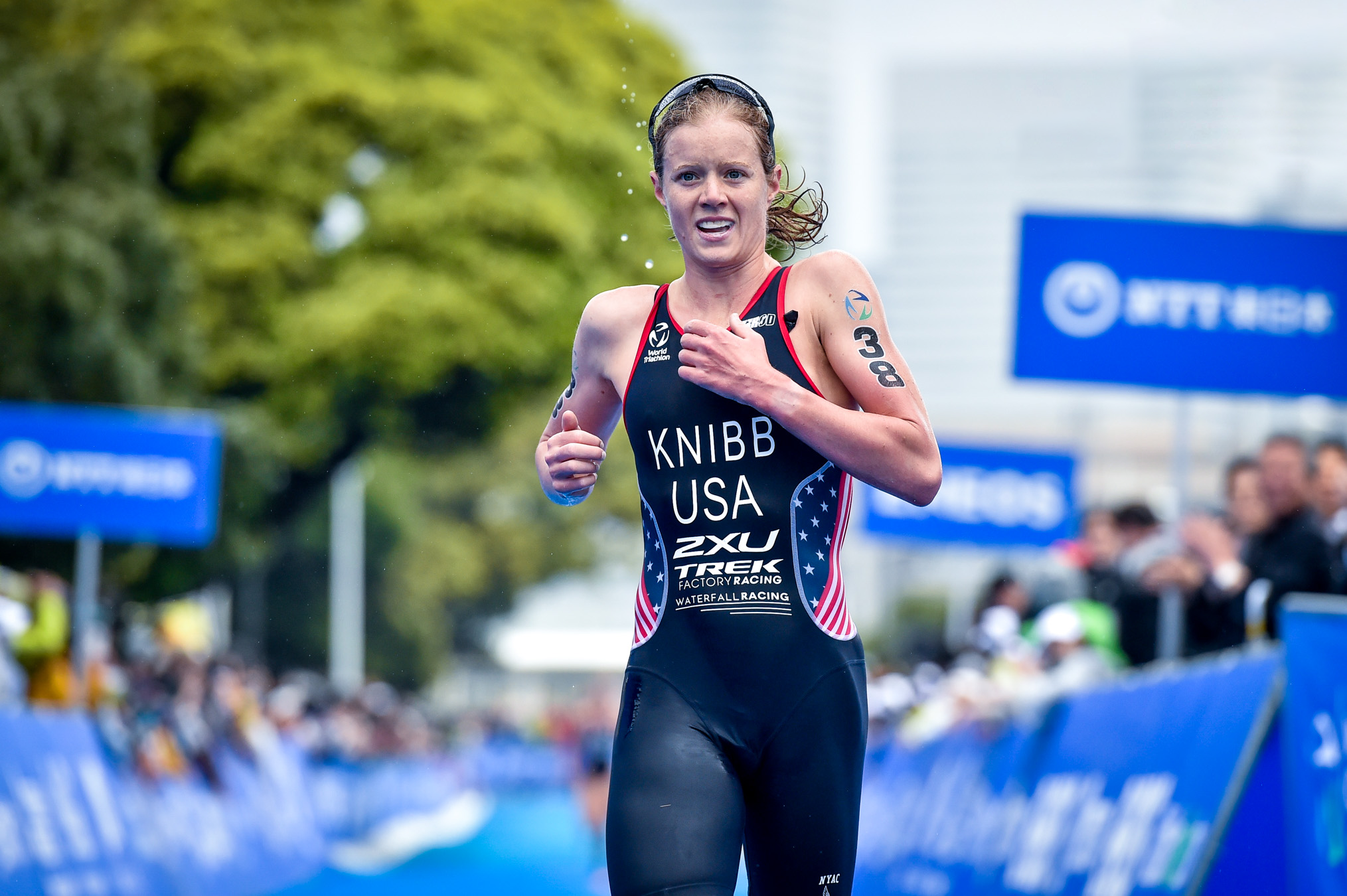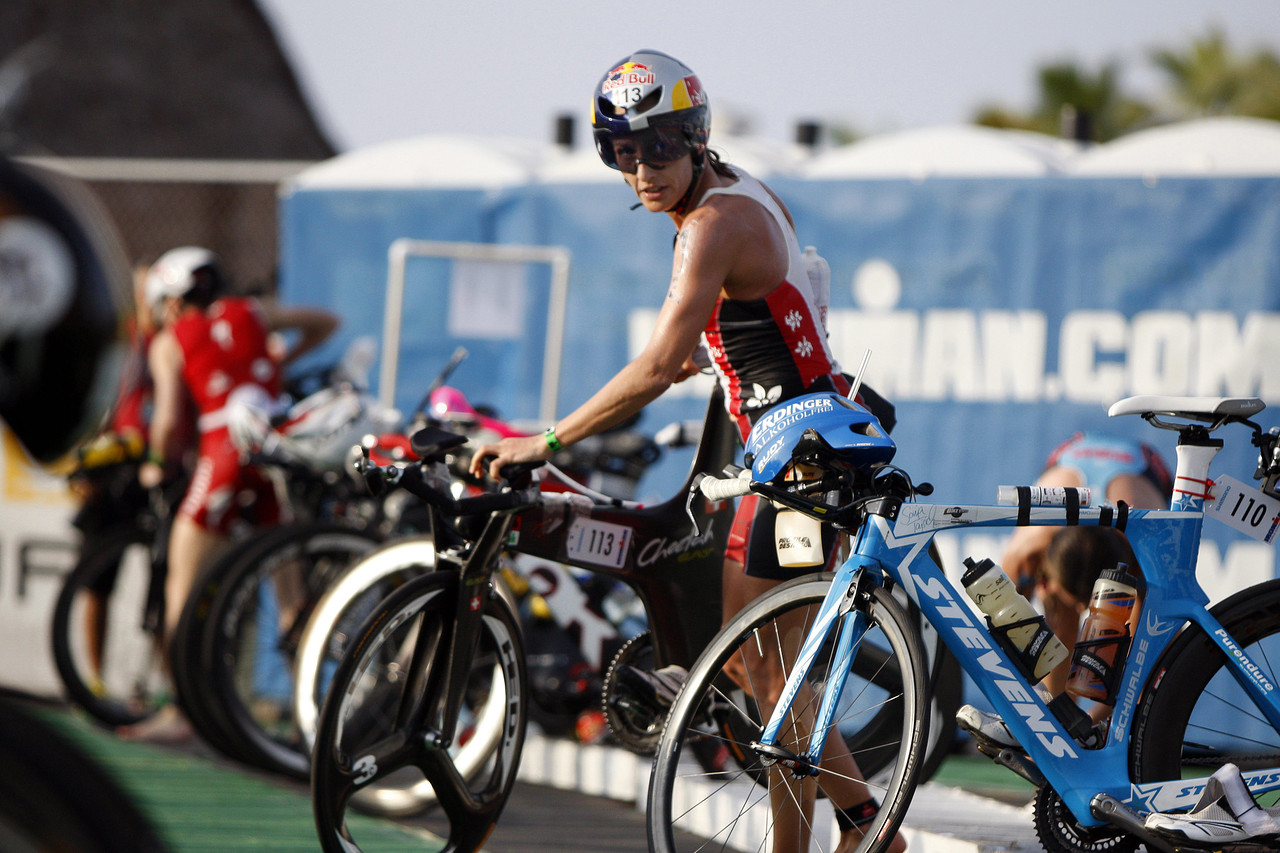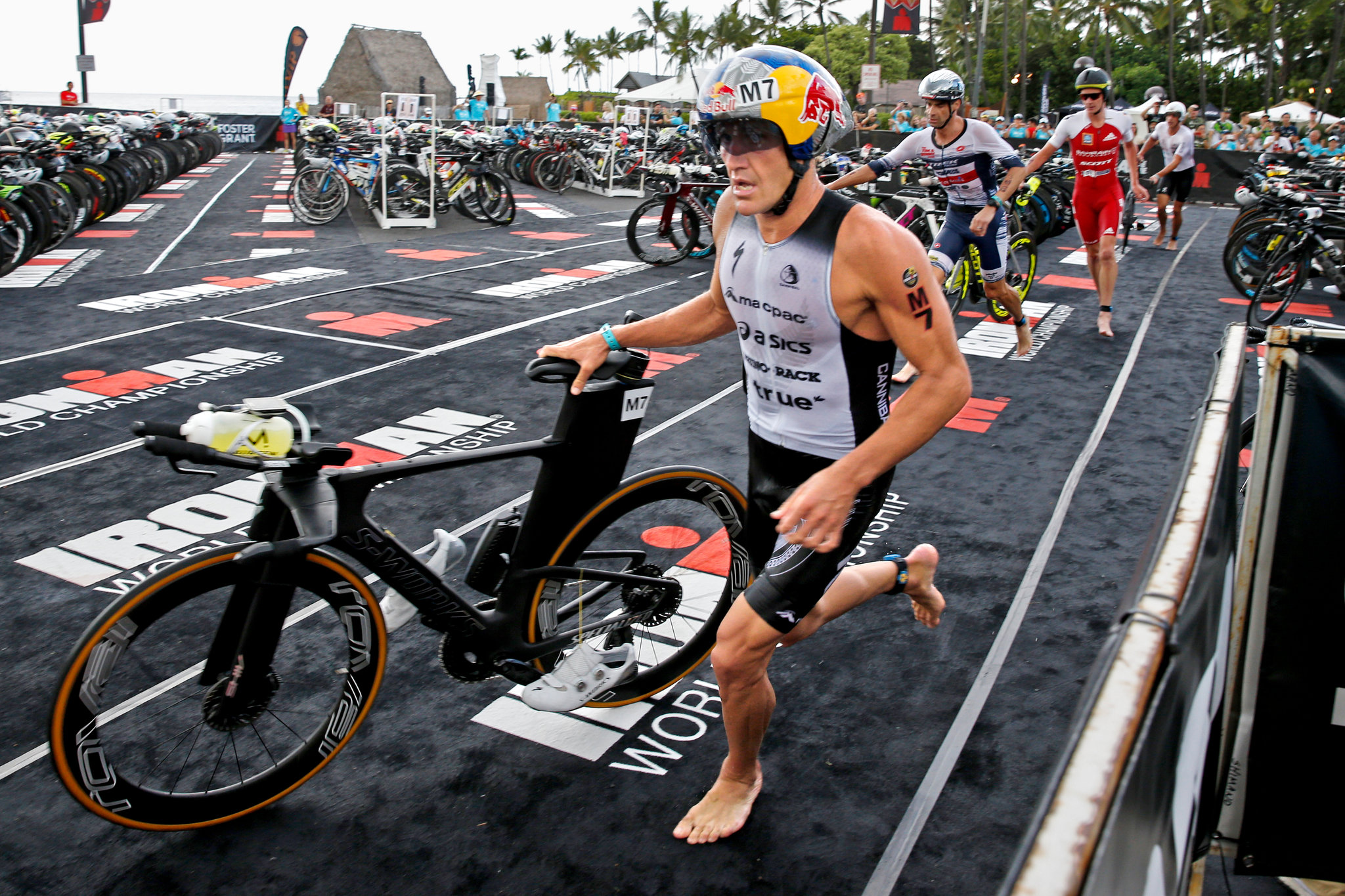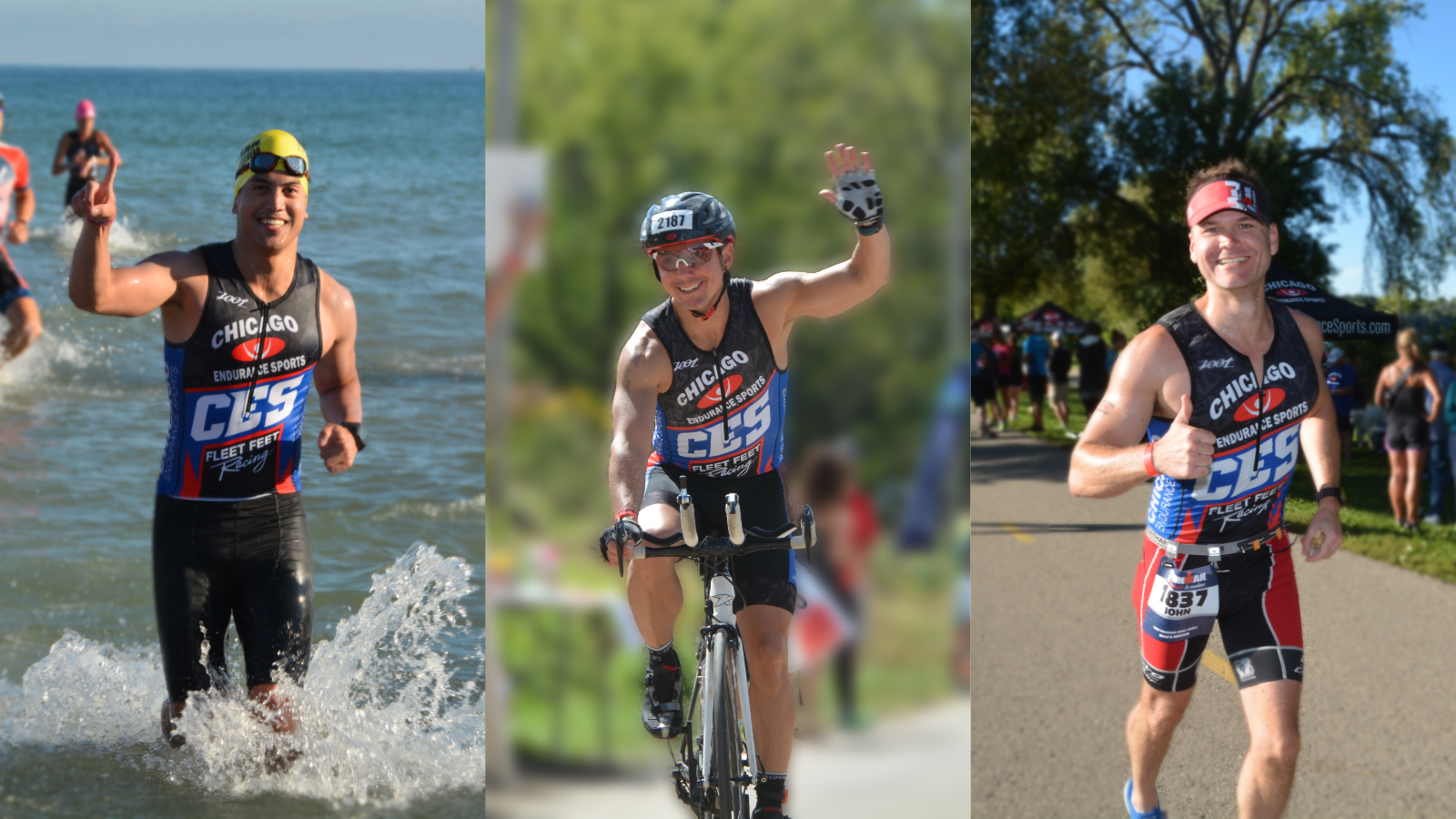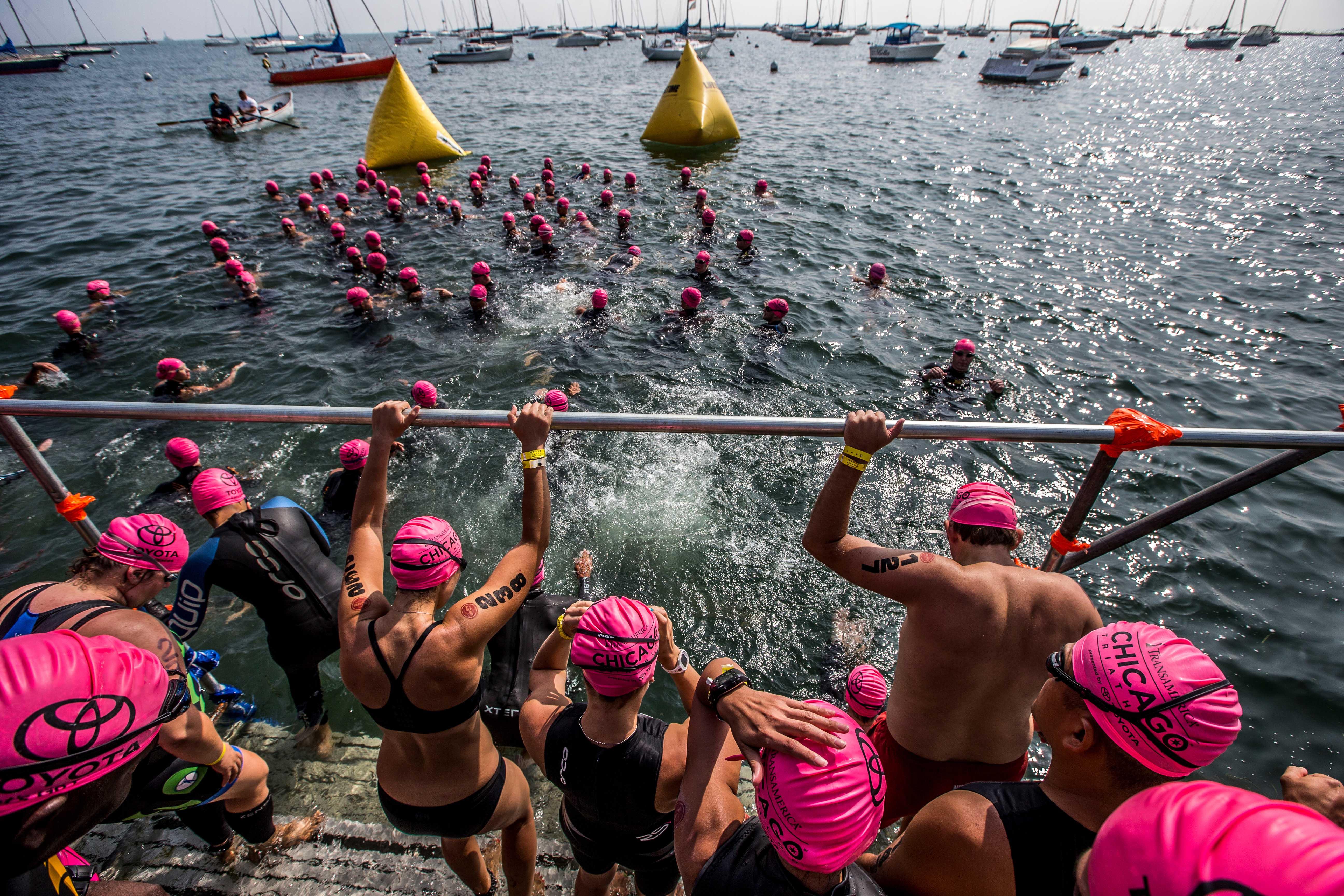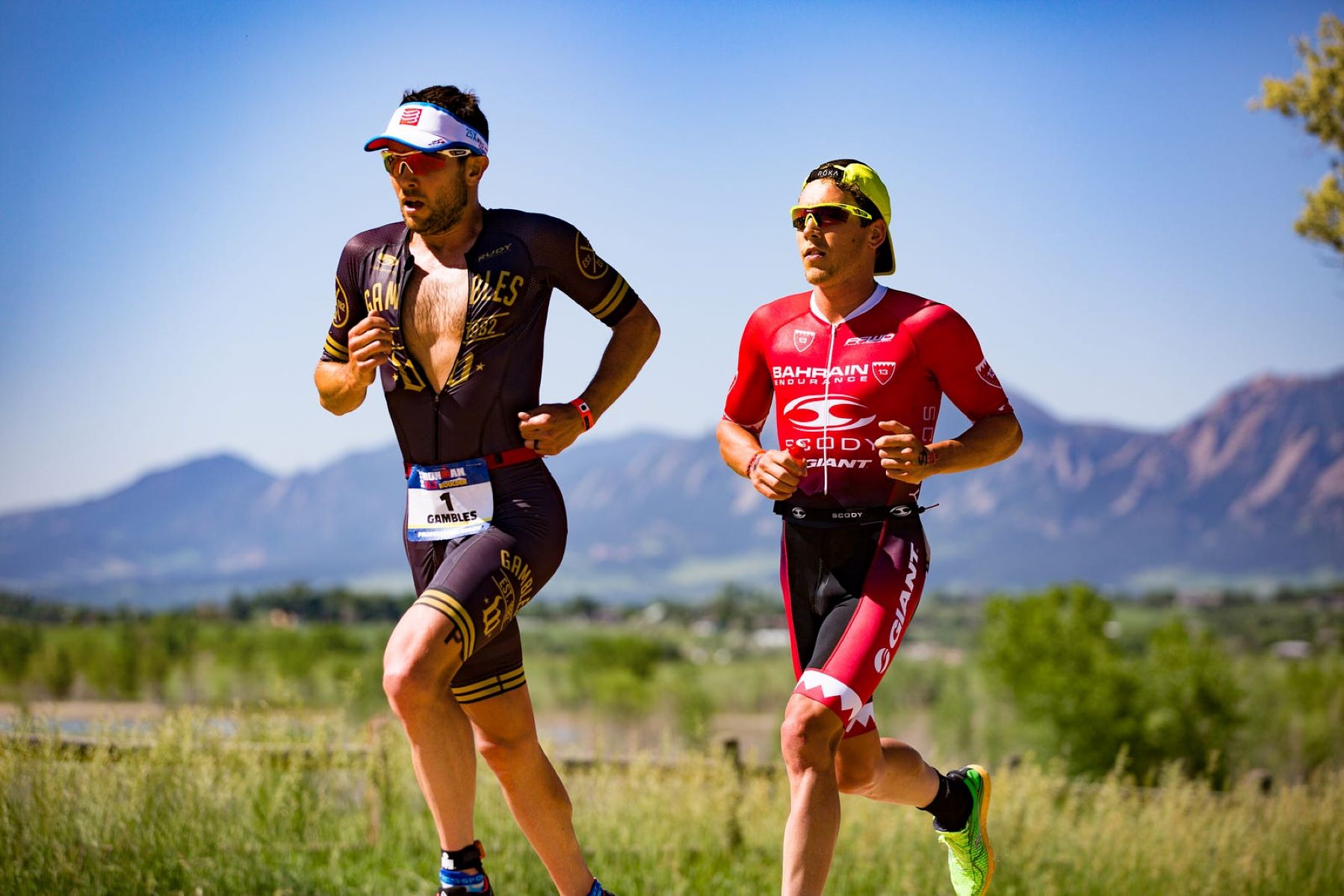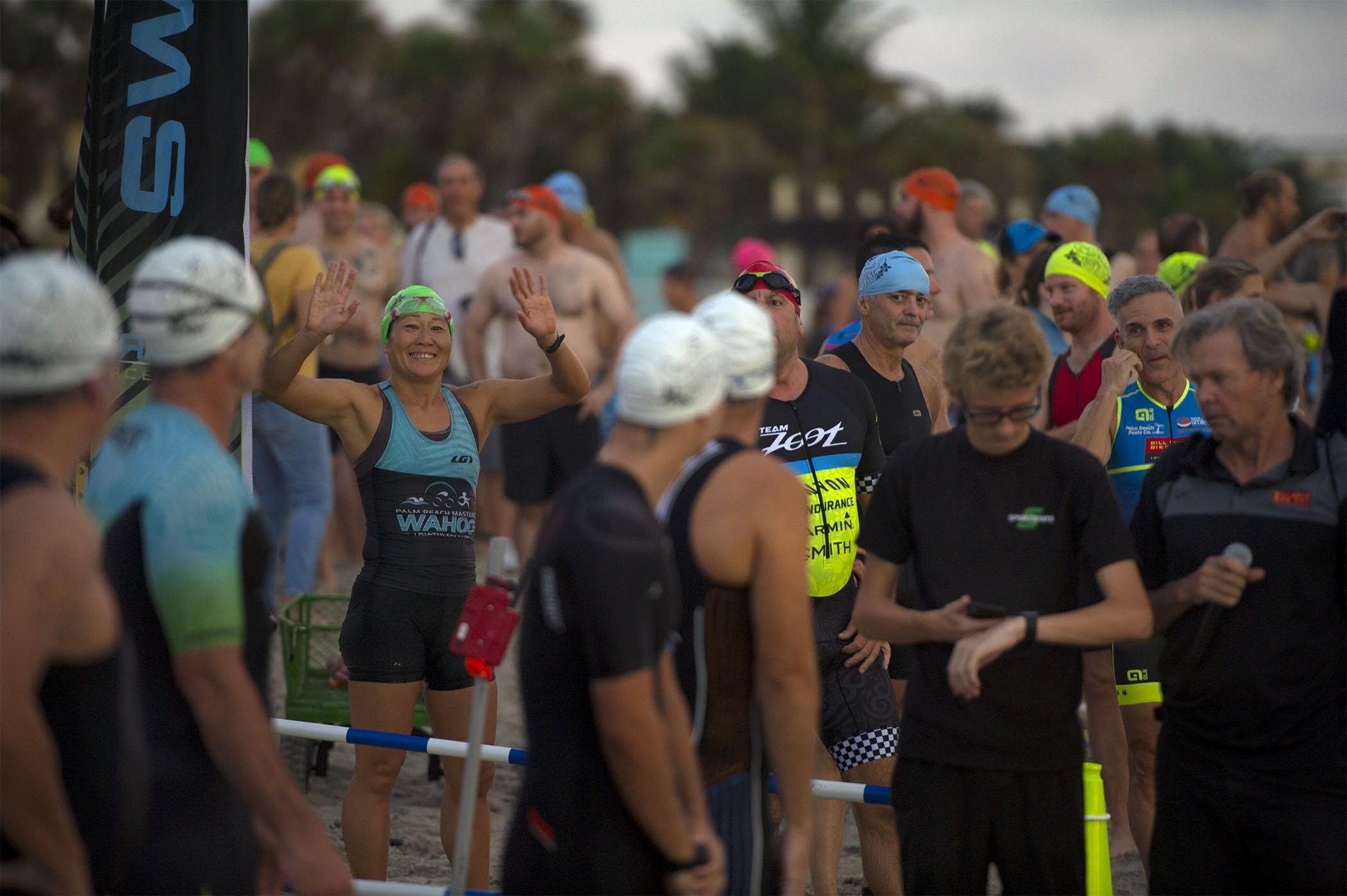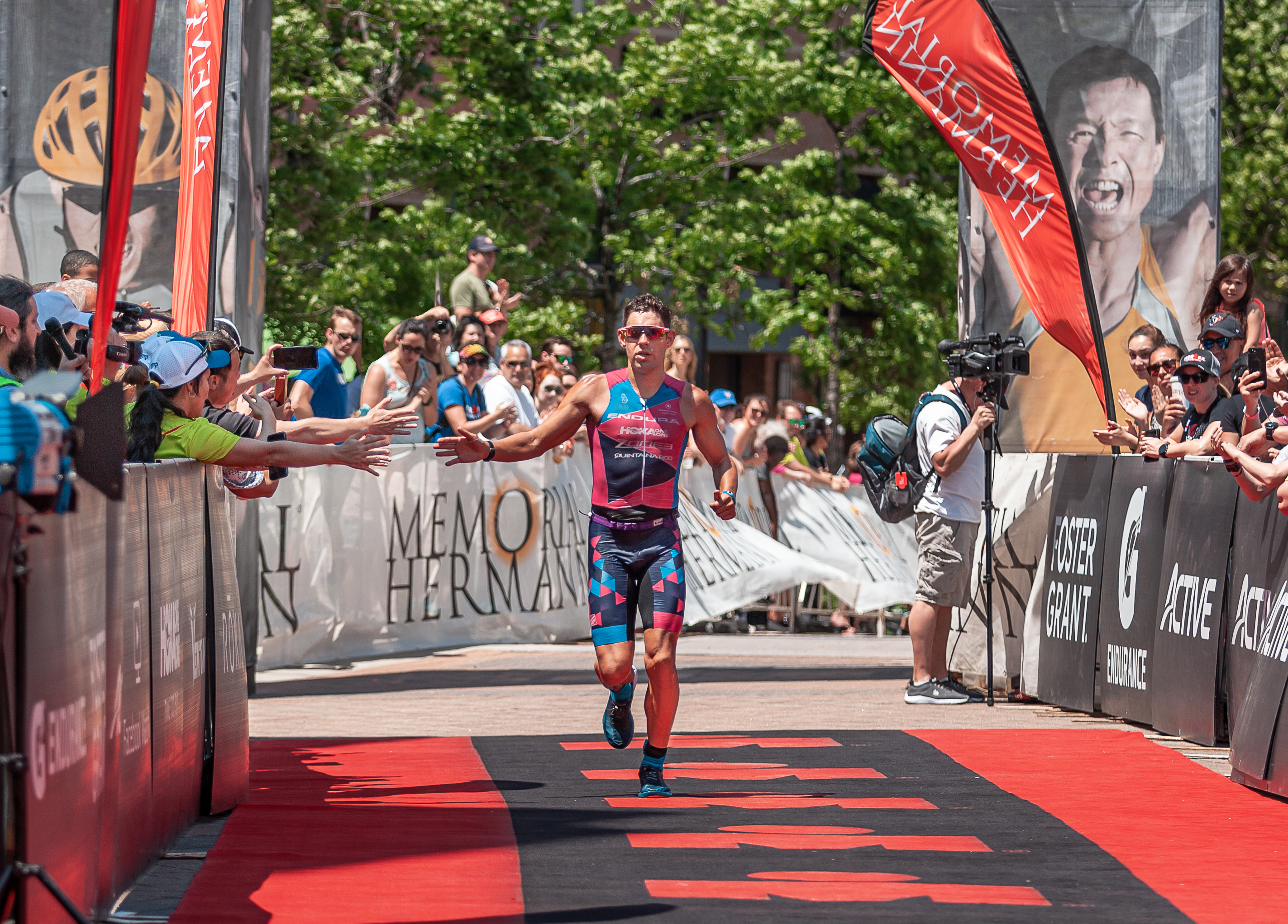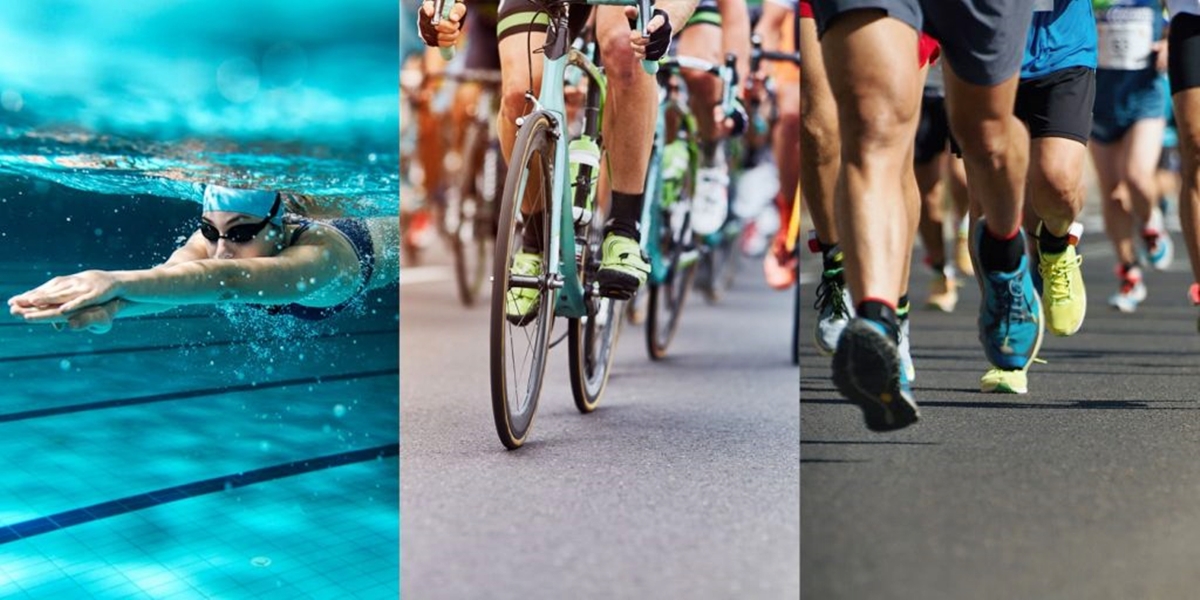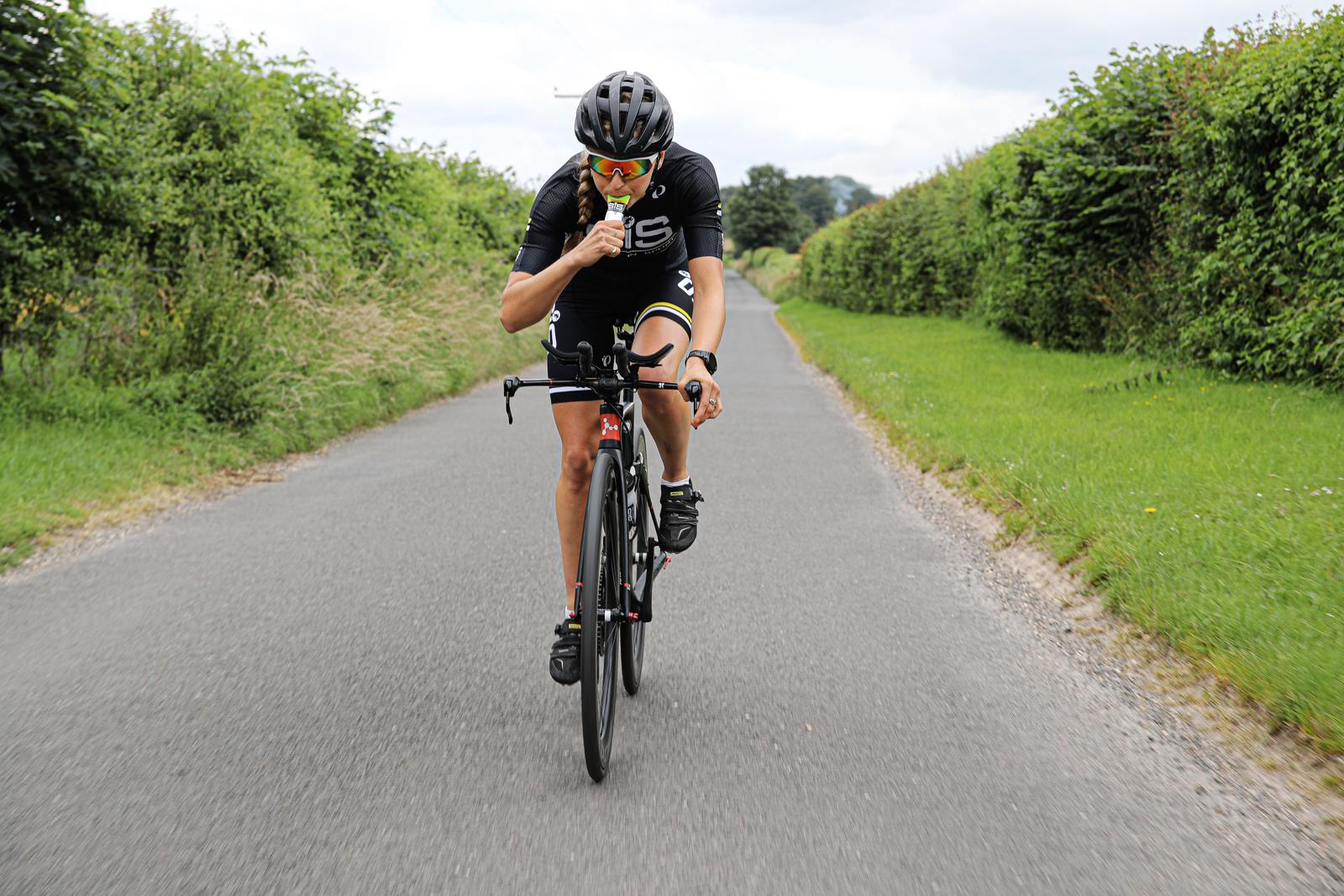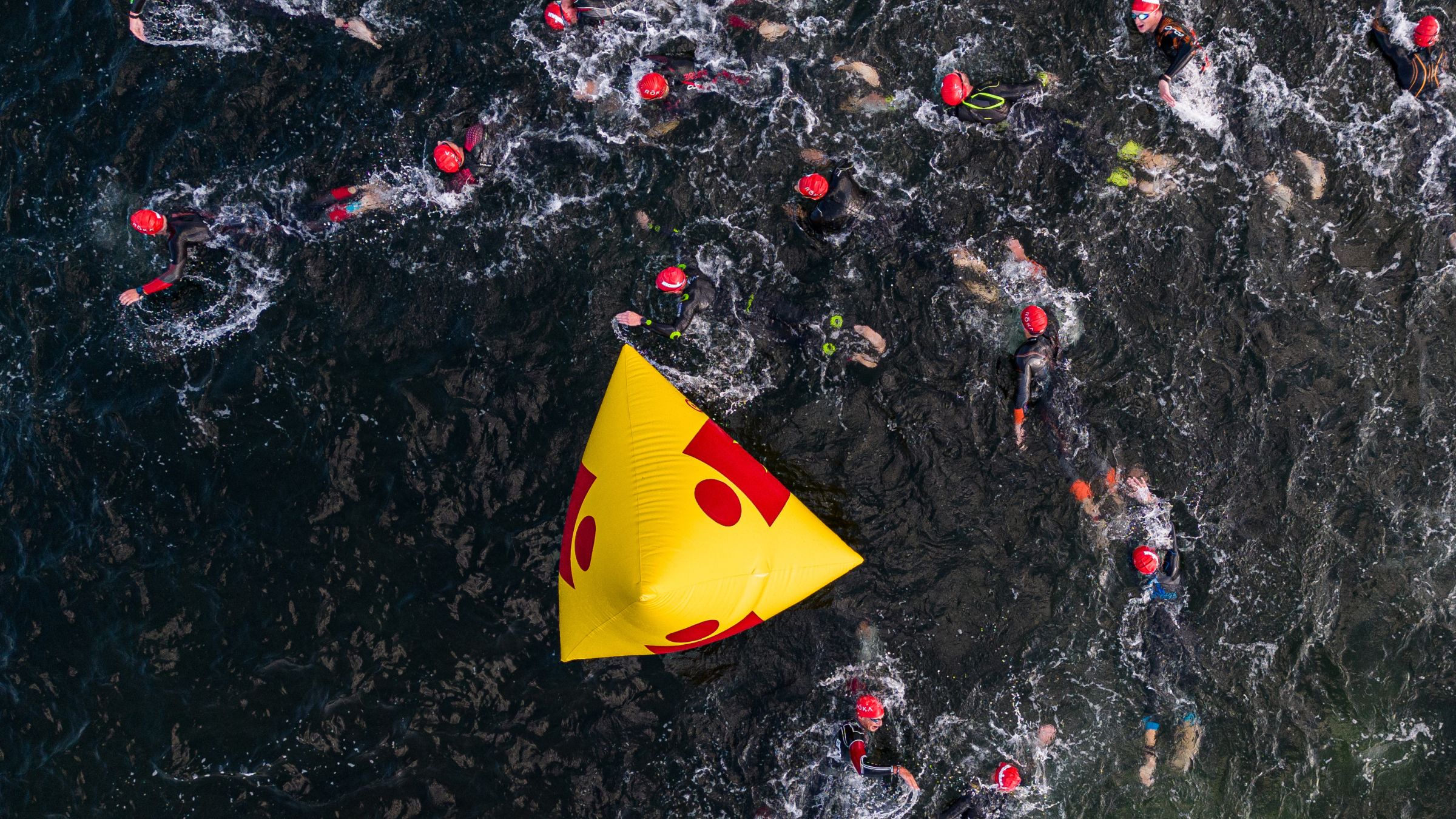

Featured
Triathlon: How To Keep Sight Of Buoys
Published: August 12, 2023
Discover expert tips on how to stay focused and keep sight of buoys during your triathlon. Don't miss this featured guide on improving your triathlon performance.
Introduction
Triathlon is a multi-disciplinary sport that pushes athletes to their limits. It combines swimming, cycling, and running into a single race, demanding both physical endurance and mental focus. In order to successfully navigate the swimming portion of a triathlon, athletes must have a strong ability to sight the buoys.
Buoy sighting refers to the act of lifting your eyes out of the water to locate and aim for the navigation buoys that mark the course. These buoys serve as crucial markers, guiding swimmers in the right direction and ensuring they stay on course. However, sighting is not as easy as it sounds – it requires practice, skill, and the ability to adapt to different conditions.
In this article, we will explore the importance of sight during triathlon swims and provide valuable tips on how to properly sight the buoys. We will also discuss techniques for practicing buoy sighting and dealing with challenging conditions such as strong currents or limited visibility. By mastering these skills, triathletes can enhance their performance in the water and gain a competitive edge.
Understanding the Importance of Sight in Triathlon
When it comes to triathlon swimming, proper buoy sighting is crucial for several reasons. First and foremost, sighting helps swimmers stay on course and avoid unnecessary detours or veering off track. In a race where every second counts, maintaining a straight path towards the buoys can make a significant difference in overall performance.
Moreover, buoy sighting allows swimmers to conserve energy by swimming the shortest distance possible. By sighting regularly, athletes can ensure that they are swimming in a straight line from buoy to buoy, minimizing the distance they have to cover. This strategic approach can help preserve energy levels for the remaining segments of the triathlon.
In addition to navigation and energy conservation, buoy sighting also plays a crucial role in swim safety. Open water swimming can be unpredictable, with ever-changing conditions such as currents and waves. By constantly lifting their eyes and scanning the horizon, swimmers can be more aware of their surroundings and potential hazards, ensuring a safer swim.
Another aspect to consider is drafting. In triathlon swimming, drafting allows swimmers to conserve energy by swimming closely behind another swimmer, taking advantage of the wake they create. Proper buoy sighting becomes essential when drafting, as you need to not only follow the swimmer ahead but also maintain your line towards the buoys.
Lastly, good buoy sighting enhances race strategy and decision-making. By constantly assessing the position of the buoys and the location of other swimmers, an athlete can make informed choices about their route, when to increase speed, and when to conserve energy. This strategic use of sight can give triathletes a competitive edge and help them outperform their opponents.
Tips for Proper Buoy Sight
Proper buoy sighting is a skill that can be honed with practice and attention to detail. Here are some valuable tips to keep in mind when navigating the swim course during a triathlon:
- Lift your eyes regularly: Avoid the temptation to keep your head down and focused solely on your stroke. Lift your eyes out of the water every few strokes to spot the buoys and get a sense of your surroundings.
- Focus on a specific spot: Instead of scanning the entire horizon, pick a specific spot on the horizon, such as a tree or building, and use it as a reference point. This will help you maintain a straight line towards the buoys.
- Time your sight: Coordinate your sight with your breathing pattern. As you rotate your head to take a breath, take the opportunity to quickly lift your eyes and sight the buoys. This minimizes disruptions to your stroke rhythm.
- Use peripheral vision: When sighting, try to use your peripheral vision to locate the buoys without tilting your head too much. This allows you to maintain better body alignment and swim efficiency.
- Practice bilateral breathing: Developing the ability to breathe on both sides will enable you to sight the buoys without interrupting your stroke. This is especially helpful if the course has multiple buoys on alternating sides.
- Use landmarks: If the course allows, use landmarks on the shore or other distinctive features to guide your sight. This can be particularly helpful in races where visibility is limited due to fog or rough water.
By incorporating these tips into your training and focusing on proper buoy sighting technique, you can greatly improve your navigation skills and swim performance in triathlon races. Remember, practice makes perfect, so be sure to dedicate time to hone this essential skill.
Practicing Buoy Sight Techniques
Like any skill, proper buoy sighting requires practice to develop muscle memory and improve technique. Here are some effective ways to practice buoy sighting techniques and enhance your swim performance:
- Open Water Practice: Whenever possible, train in open water to replicate race conditions. Find a local lake, ocean, or river where you can practice sighting buoys in realistic environments.
- Set Up Your Own Course: If open water training is not feasible, set up your own buoy course in a pool. Use floating markers or even water bottles to simulate the buoys. This will allow you to practice sighting and navigating around the markers.
- Interval Training: Incorporate buoy sight intervals into your training sessions. Swim towards a specific marker or wall, practicing your sighting technique to ensure you are swimming in a straight line.
- Simulate Race Conditions: During your practice sessions, try to replicate race scenarios. Swim with a group of other swimmers to simulate the crowded conditions of a triathlon swim start. This will help you practice sighting while navigating through other athletes.
- Video Analysis: Record your swimming sessions and review the footage to analyze your buoy sighting technique. Look for any areas of improvement, such as head position, body alignment, or timing of the sights.
- Mental Visualization: Practice mentally visualizing the swim course and the buoys. Imagine yourself swimming towards the buoys, lifting your eyes at the right moments, and maintaining a straight line. This mental preparation can enhance your performance during the actual race.
Consistent practice and repetition of these buoy sighting techniques will help you become more confident and efficient in the water. By incorporating them into your training plan, you can build the necessary skills and muscle memory to successfully navigate the swim course in your triathlon races.
Techniques for Dealing with Challenging Conditions
In triathlon swims, swimmers often encounter challenging conditions that can affect their ability to sight buoys effectively. Here are some techniques to help you navigate tricky situations and ensure you stay on course:
- Strong Currents: If you are swimming against a strong current, adjust your sight pattern accordingly. Lift your eyes more frequently to make sure you are not drifting off course. Use the buoys as anchor points to guide you and make incremental adjustments as needed.
- Choppy Water: In rough or choppy water, it can be difficult to spot distant buoys. Instead, focus on sighting more frequently and looking for the closer buoys. This will help you stay on a more direct line while minimizing the impact of the waves.
- Low Visibility: In races with limited visibility due to fog or murky water, rely on alternative techniques to navigate. Use landmarks along the shore, such as buildings or trees, as reference points. Additionally, if available, consider using brightly colored goggles that can improve visibility underwater.
- Swimming in a Crowd: In crowded swim starts, it can be challenging to sight the buoys and navigate around other swimmers. Stay aware of your surroundings and adjust your sight pattern based on the movements of nearby athletes. Maintain an adaptable approach and be ready to modify your course if necessary.
- Drafting: If you choose to draft behind another swimmer, it’s important to maintain proper sight technique. Keep the swimmer ahead in your peripheral vision while periodically lifting your eyes to sight the buoys. This will help you maintain both the drafting position and the correct navigation.
- Practice in Similar Conditions: During your training, try to simulate different challenging conditions that you may encounter in a race. This could include swimming in open water with waves or practicing in crowded pools. By familiarizing yourself with these conditions, you can better adapt when faced with them during a race.
Remember, adaptability is key when dealing with challenging conditions in a triathlon swim. By practicing these techniques and developing the ability to stay composed under different circumstances, you will be better equipped to navigate through any challenges and maintain a steady course towards the buoys.
Conclusion
Buoy sighting is an essential skill for triathletes to master in order to navigate the swimming portion of the race effectively. By lifting their eyes out of the water and spotting the buoys, athletes can stay on course, conserve energy, and make strategic decisions throughout the swim leg. Through practice and proper technique, triathletes can enhance their buoy sighting skills and gain a competitive edge.
Understanding the importance of sight in triathlon allows athletes to appreciate how it contributes to their overall race performance. Maintaining a straight line towards the buoys not only saves valuable seconds but also conserves energy for the other disciplines of the triathlon. Additionally, continuous sight enables swimmers to stay safe in open water by being aware of their surroundings and potential hazards.
To improve their buoy sighting abilities, triathletes can utilize various techniques. Regularly lifting their eyes, focusing on specific spots on the horizon, timing their sight with their breathing, and practicing bilateral breathing can all contribute to better sight and stroke efficiency. Moreover, incorporating open water practice, setting up buoy courses, and simulating race conditions during training can help athletes adapt to different scenarios they may encounter during a triathlon swim.
Dealing with challenging conditions, such as strong currents, choppy water, low visibility, swimming in crowded areas, and drafting, requires specific techniques and adaptability. By practicing in similar conditions and maintaining composure, triathletes can overcome these obstacles and stay on track towards the buoys.
In conclusion, buoy sighting is a skill that can significantly impact a triathlete’s performance in the swimming leg of a triathlon. By mastering this skill through practice, proper technique, and adaptability, triathletes can enhance their navigation, conserve energy, and make informed race decisions. Incorporate these tips and techniques into your training routine to improve your buoy sighting abilities and elevate your triathlon swimming to new heights.
